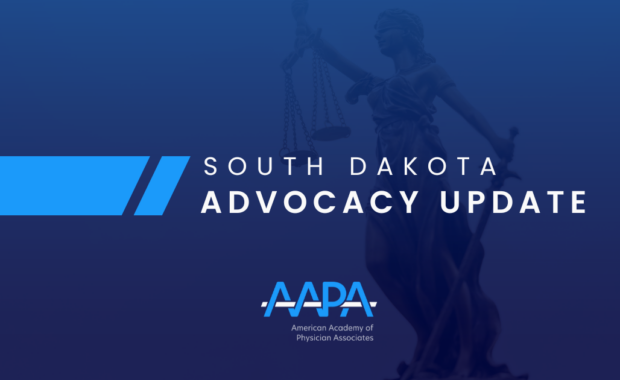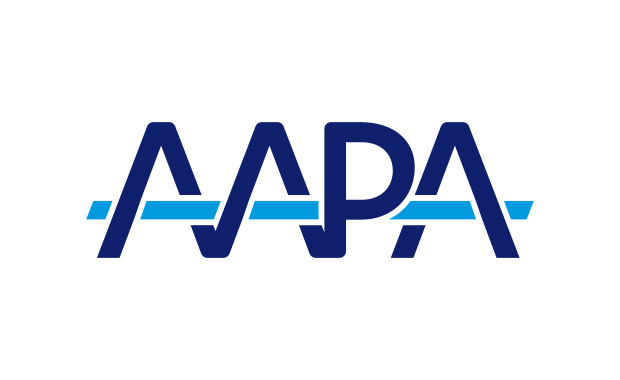Indian Health Service Updates PA Practice, Giving PAs “Autonomy in Medical Decision-Making”
IHS PAs Now Fully Responsible for the Care They Provide
August 20, 2019
The Indian Health Service (IHS), an operating division within the U.S. Department of Health and Human Services, has made progressive updates to its Indian Health Service Manual that dictates PA practice at IHS. IHS is responsible for providing direct medical and public health services to federally recognized American Indians and Alaska Native people. “As full members of the medical team, PAs exercise autonomous medical decision-making and take full responsibility for the patient care they provide,” the manual now reads.
The new IHS policy is in line with Optimal Team Practice (OTP), which occurs when PAs, physicians, and other healthcare professionals work together to provide quality care without burdensome administrative constraints.
“Indian Health Service PAs are meeting a critical need by providing care to underserved and vulnerable groups,” said David E. Mittman, PA, DFAAPA, president and chair of the AAPA Board of Directors. “By authorizing these PAs to exercise autonomous medical decision-making and take full responsibility for the care they provide, IHS is ensuring that patients can continue receiving high-quality, PA-provided care with fewer barriers preventing delivery of that care. AAPA applauds and thanks them for making this crucial change.”
Previously, the IHS manual required a PA to have a supervisory physician, who was responsible for the medical practice and quality of care of the PA. In the revised IHS manual, references to supervisory language have been removed along with the physician co-signature requirement on prescription or medication orders written by PAs within their privileges. The manual now states that the PA’s clinical privileges shall be commensurate with their education, experiences, competencies, and operational needs for the service to which they are assigned.
Additionally, PA scope of practice is now determined at the practice level: “PAs collaborate with, consult with, and refer to physicians and other members of the healthcare team as indicated by the patient’s condition and the standards of care in accordance with the PA’s training, experience, and current competencies.”
According to Benjamin Olmedo, PA-C, LCDR, USPHS, chief clinical consultant for PAs at IHS:
“These updates represent the hard work and dedication of the incredible PAs working in the IHS. Furthermore, these updates highlight the value and trust for the PA profession created by individual PAs providing high-quality, culturally appropriate, and team-based collaborative care to achieve the IHS mission: to raise the physical, mental, social, and spiritual health of American Indians and Alaska Natives to the highest level. I look forward to supporting its implementation and adoption.”
Other notable changes to the IHS manual include the following:
- PAs may now engage in clinical teaching, patient education, and research.
- PAs are now eligible to serve in administrative and supervisory positions as assigned by local, area, or national authority.
- PAs may participate in the review and evaluation of their colleagues’ clinical performance as directed by their supervisor and as permitted by their local medical staff bylaws.
- IHS facilities are now required to provide the time and necessary funding as appropriate to ensure all assigned PAs remain current in their clinical skills. (All PAs are required to obtain 100 hours of CME every two years in order to maintain NCCPA certification.)
Tim McCreary, DMSc, PA-C, who wrote the policy, stated: “I want to thank the many IHS PA contributors to this project, the individuals in IHS leadership who showed their support, and AAPA advocacy staff who worked closely with me over many years to revise this chapter in the manual.”
AAPA looks forward to continuing to work with the Administration and PAs in federal service to implement these types of changes that are in line with a new federal report, “Reforming America’s Healthcare System through Choice and Competition.”



